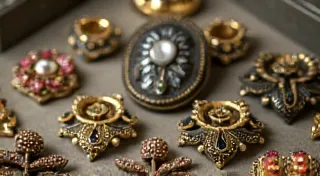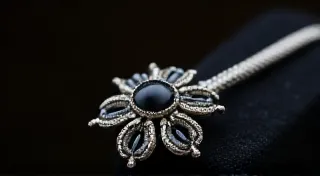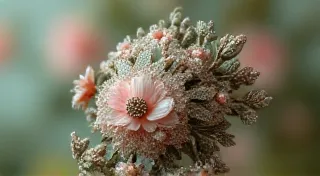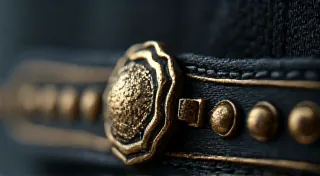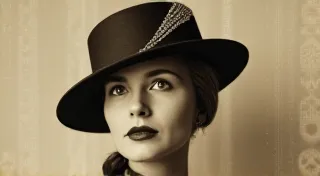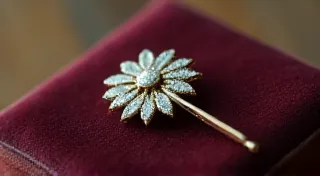The History of Hat Pins: From Necessity to Fashion Statement
Hat pins. They’re delicate, often ornate, and whisper stories of a bygone era. Today, they’re collectible treasures, but their history is far more than just aesthetics. Let’s trace the evolution of hat pins, from their practical beginnings to their reign as a defining fashion accessory of the Victorian and Edwardian periods, and explore the factors that led to their eventual decline.
The Practical Origins (Pre-Victorian Era)
The concept of using a pin to secure hats isn’t new. Long before the Victorian era, people used rudimentary pins to keep head coverings in place. These were purely functional, often made of simple materials like wood or bone. However, as hat styles became more elaborate and wider brims more popular, a more secure and decorative fastening became necessary.
The 18th century saw the rise of hat pins, but they weren't yet the elaborate creations we associate with the Victorian age. They were still largely utilitarian, providing a simple way to secure hats in windy conditions.
The Victorian Era: A Golden Age for Hat Pins
The Victorian era (1837-1901) witnessed the transformation of the hat pin from a mere necessity into a flamboyant fashion statement. As women’s hats grew increasingly large and elaborate – think wide brims adorned with ribbons, feathers, and flowers – the need for a secure and stylish fastening became paramount. This demand fueled the rise of the hat pin industry.
Early Victorian hat pins were often made of precious metals like gold and silver, and adorned with gemstones, enamel, and intricate designs. The materials and craftsmanship reflected the wearer’s social standing. A woman’s hat pin collection became a symbol of wealth and refinement. The longer and more elaborate a hat pin, the more fashionable – and more daring – the wearer.
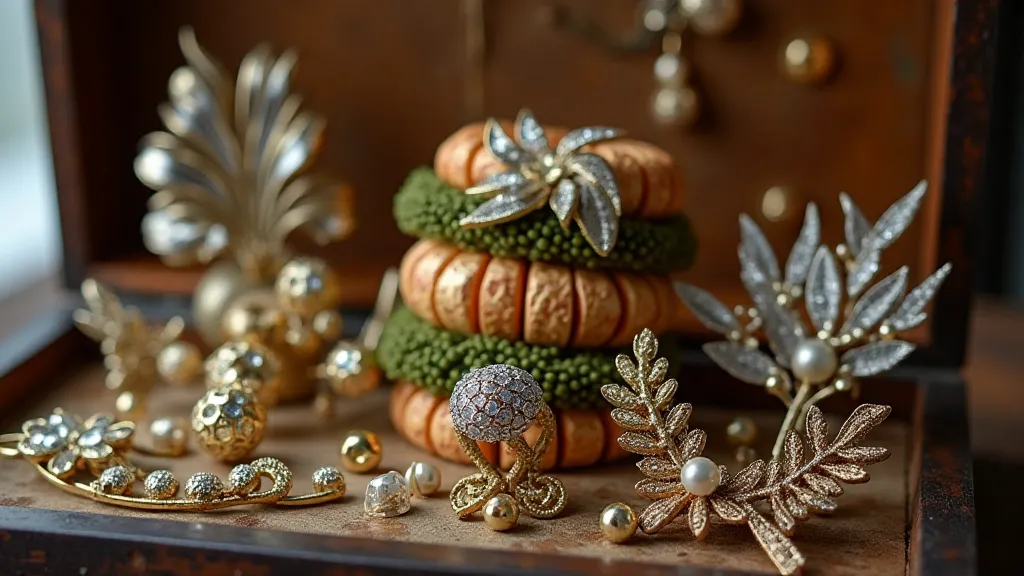
The Victorians embraced novelty and symbolism. Hat pins weren’t just decorative; they often conveyed messages. Animals represented virtues or personality traits (a robin for happiness, a swan for grace), flowers symbolized emotions (roses for love, lilies for purity), and even political allegiances could be subtly expressed through a carefully chosen pin. The specific designs, often inspired by nature, became a visual language understood by those in the know. Many collectors today specialize in identifying these subtle cues and understanding the narratives they told.
Understanding the symbolism is key to appreciating the artistry of Victorian hat pins. If you're fascinated by the popular designs of the time and what they represented, you might enjoy learning more about popular hat pin designs: flowers, animals, and figurines.
The Edwardian Era: Height of Extravagance
The Edwardian era (1901-1910) saw the hat pin reach its peak of extravagance. Hats were even larger than during the Victorian era, and hat pins became longer, more ornate, and even more daring. Some hat pins were so long and sharp that they became a safety hazard. They were nicknamed "hatterasters" or "dangerous hatpins"!
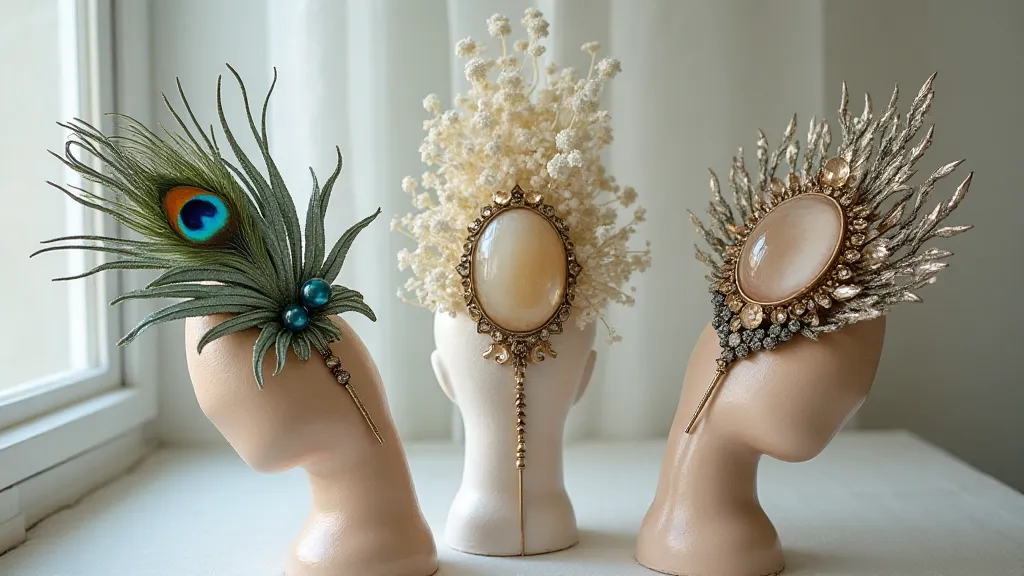
The "safety hazard" aspect became a growing concern. Injuries caused by accidentally poking someone with a long, sharp hat pin were increasingly common, leading to social awkwardness and even legal issues. The image of a woman wielding a potentially dangerous accessory became less appealing. The sheer length and complexity of some Edwardian hat pins demanded a certain level of dexterity and awareness – a misstep could be painful for both the wearer and anyone nearby!
The Decline and Legacy
The popularity of hat pins began to wane in the years leading up to and following World War I. The war effort brought about changes in women's roles and fashion sensibilities. Practicality became more valued than ostentation. Hats became smaller and simpler, and the need for long, elaborate hat pins diminished.
The rise of more comfortable and practical headwear, such as cloche hats and turbans, further sealed the fate of the hat pin. While they didn't completely disappear, they became a relic of a bygone era, largely relegated to antique shops and collectors’ displays. The shift in fashion priorities was significant, reflecting broader societal changes. The elaborate styles of the Victorian and Edwardian eras gave way to more streamlined and functional designs.
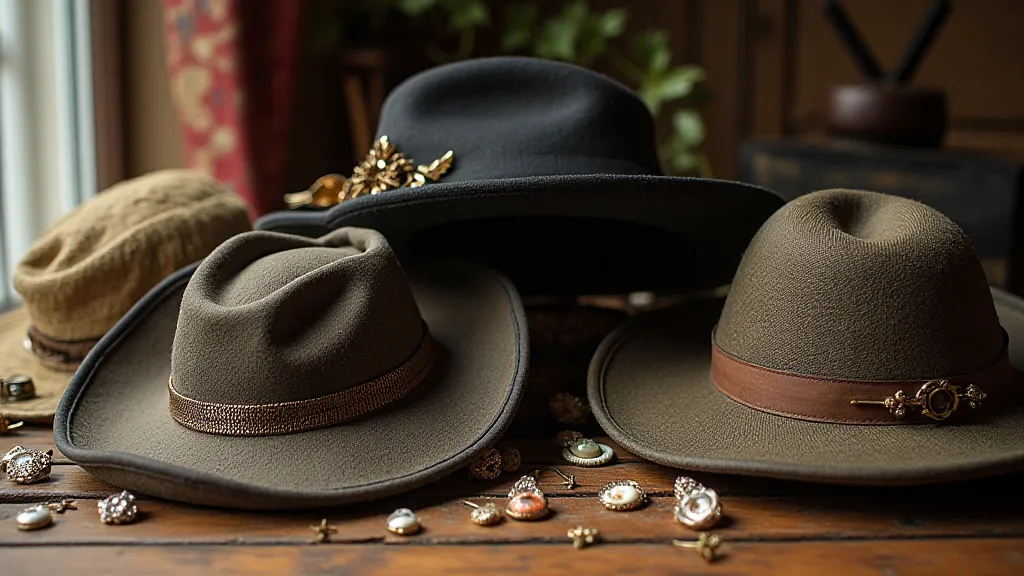
For collectors, identifying the maker of these antique treasures can be a rewarding, but challenging endeavor. Just as with other antiques, hallmarks and maker's marks are vital clues to a hat pin's history and value. If you’d like to learn more about hallmarks and maker's marks on antique hat pins and how to decipher them, you're in the right place.
The legacy of the hat pin extends beyond its aesthetic appeal. It represents a fascinating intersection of fashion, social status, and technological innovation. The ingenuity of the artisans who crafted these delicate objects is a testament to the skill and artistry of the Victorian and Edwardian eras. The materials used – from precious metals and gemstones to enamel and intricate carvings – reflect the wealth and opulence of the time.
Furthermore, the rise and fall of the hat pin mirrors broader societal trends. The Victorian era was a time of great industrial and economic growth, which fueled a demand for luxury goods. As women entered the workforce and social norms evolved, the extravagant styles of the past gave way to more practical and comfortable attire. The decline of the hat pin coincided with a shift in women's roles and a greater emphasis on functionality.
Despite its decline, the hat pin continues to captivate collectors and history enthusiasts alike. Its intricate designs and rich symbolism offer a glimpse into a bygone era, reminding us of the elegance and sophistication of Victorian and Edwardian fashion. The enduring appeal of antique hat pins lies not only in their beauty but also in the stories they tell about the people who wore them.
Looking at the styles of the Edwardian era, one might be interested to explore designs beyond the purely ornamental. While the long, extravagant hat pins are iconic, the Art Deco period introduced a distinctive aesthetic, characterized by bold geometric shapes and a focus on streamlined elegance. Those interested in contrasting styles may enjoy a look at Art Deco era hat pins: bold designs and geometric shapes.
Caring for antique hat pins requires specialized knowledge and meticulous attention to detail. The delicate nature of these objects makes them susceptible to damage from improper handling, storage, and cleaning. Preserving these treasures for future generations requires understanding their unique vulnerabilities and employing appropriate conservation techniques. Those looking for ways to preserve their collections should research the best practices.
Today, antique hat pins remain a fascinating window into the fashion and social customs of the Victorian and Edwardian eras. Their intricate designs and rich symbolism continue to captivate collectors and history enthusiasts alike, keeping the memory of these once-essential accessories alive.
